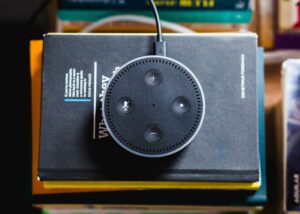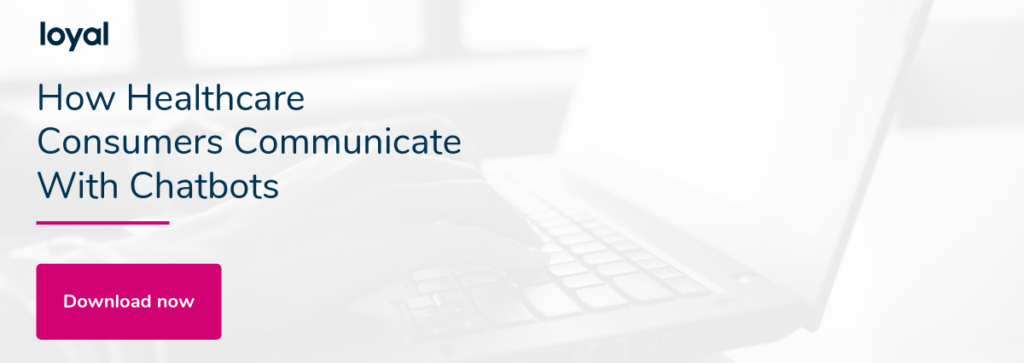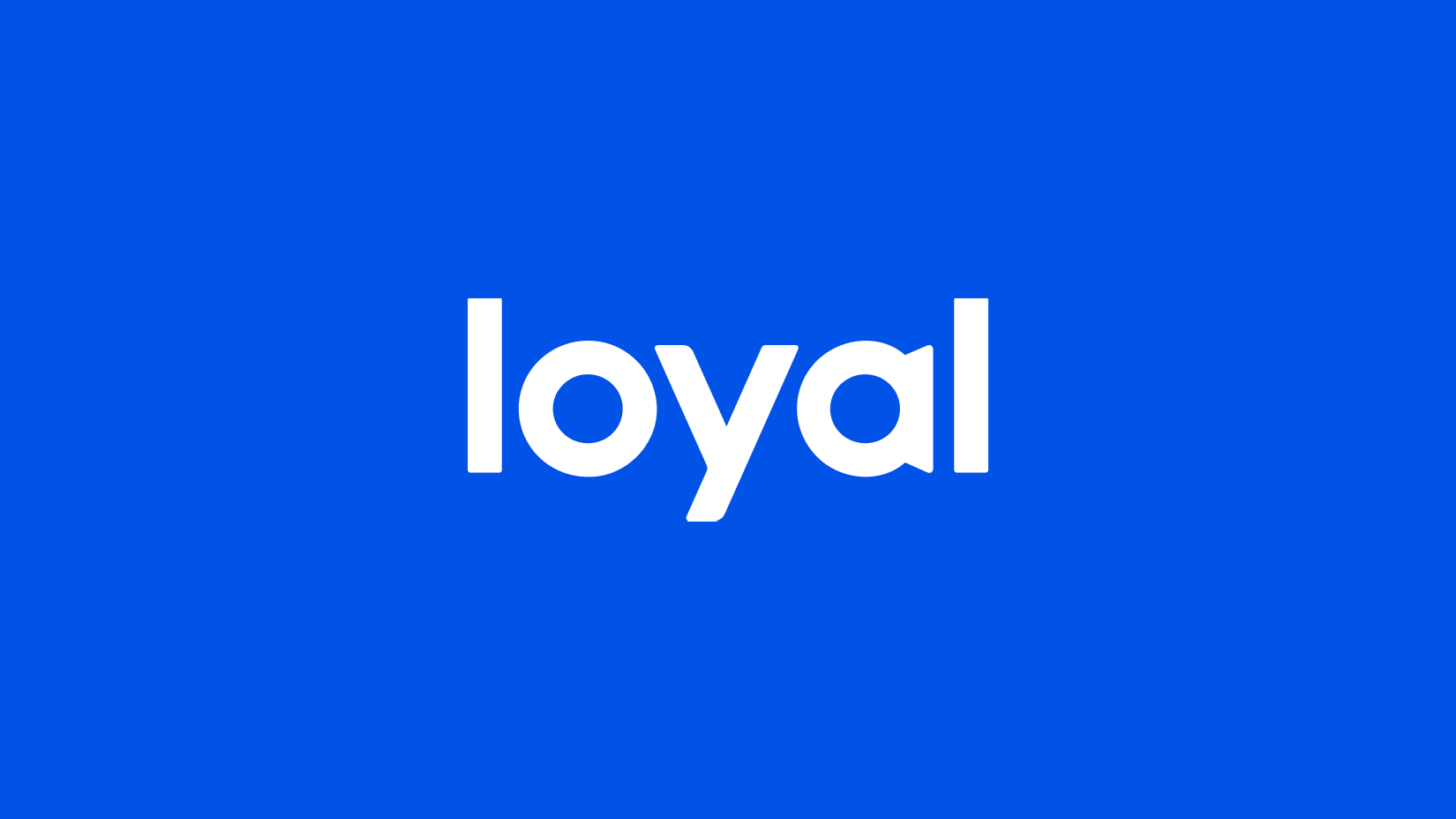By: Abhi Sharma, Chief Product Officer
I’ve spent a lot of time on the road recently meeting with our clients at IU Health, Northwestern Medicine, LifePoint Health, Piedmont, and more. Throughout all of my conversations with the executive teams of each health system, there was one thing that they all understood across the board – just how challenging it is to deliver a world-class consumer experience in the healthcare industry.
It shouldn’t be surprising, either. After all, delivering a ubiquitous, friendly experience is extremely complex. All of these factors have to be considered: Understanding the patient’s acuity, whether they’re a current or new patient, do they have insurance, and if they do are they seeing an in-network or out-of-network doctor, which EHR system is the health system using, is it an inpatient or outpatient procedure, and can a health system even treat this specific disease?
Okay, I’ll stop, but you get the point.
In the past, strategies to deliver an exceptional consumer experience relied heavily on siloing experiences based on a service line like heart patients vs primary care, or ortho vs bariatrics. The thinking was sound, by siloing the experience you could start to tailor these unique journeys through marketing, content, and transactions that made sense to that service line.
But, what actually happens? Health systems find themselves with too much stratification and no clear unified path to providing the same experience to all of their patients. Either because too many technologies are introduced or the organization becomes too encumbered with warring departments.
Ask yourself a question: How many vendors are sitting on your website? More than 5? You might have a problem.
But what if consumer interactions change? Interactions that are influenced by the big tech companies like Google, Amazon, Apple, and the like. Could these changes help unify health system strategies to provide exceptional consumer experiences?
Stop Trying to “Match” With Your Patients

Carrie Liken shared an incredibly insightful article on LinkedIn about how “intent marketing” is coming. In short, patients are asking full-sentence questions when trying to discover the right health option. For example, “Where is the nearest urgent care,” or “I need to find a pediatrician who accepts BCBS.” They arecustom-Custom_Size___andres-urena-470… also asking questions in basically every technology medium. Google/search? You bet. Chatbots? There too. Alexa/voice? Absolutely.
You cannot match with those queries. You have to understand what the consumer’s intent is before serving up the right result, and because these questions are long and verbose they’re packed with information health systems can use to deliver great responses (i.e. experiences).
Does Your Technology Understand Intent? It Should
We know that intent matters. We also know that intent has a bunch of information we can use to deliver better results, but how do we actually understand the intent?
Artificial Intelligence, of course! Specifically, Natural Language Processing (NLP) capabilities in your technology.
Look, I get it. Artificial Intelligence, machine learning, and NLP are thrown around a lot these days, but for good reason. These words aren’t popular because they’re the prettiest buzzwords on the blog sites – they’re popular because this is exactly the kind of problem they solve!
Our own AI chatbot, Guide, has given us the same information about intent. The average length of an utterance (AI speak for ‘sentence’) is between 5-13 words. The longest utterance totaled an astounding 127 words (for context, this paragraph is only 84 words). My gosh, does this mean healthcare consumers are asking technologies the same way they are asking their fellow humans? It absolutely does, and although it’s daunting to think about, it also means that there’s an opportunity to provide a unified experience.
Get Your Data Into a Single Source of Truth
First and foremost, understanding intent starts with data. Not only data to help build AI models to understand intent, but also to deliver the right user experience. Take for example the two separate consumer experiences when asking the question, “Need to find a pediatrician who accepts BCBS,” on Find A Doctor and a chatbot.
The Intent here is, “find a doctor,” with the main data points (entities) of “pediatrician” (specialty doctor) and “BCBS” (insurance).
Because chatbots are conversational, the response is a single line of text, “I can help you find a doctor, where are you located?”
Find A Doctor is a query, so the response is a list of results of pediatricians who accept BCBS.
Both results provide completely separate consumer experiences, but both must intimately understand the intent and the data within the user’s request. Your data must be normalized, maintained, and related in a way that AI and NLP algorithms can understand the relationships appropriately. Connect, our data management platform, provides the platform and tools to make this possible. No matter what technology medium it’s delivered in – your experiences now are the same.
Do Not Make Your Website Your Source of Truth
Websites are just another medium. They shouldn’t serve as the database for your providers or locations. They exist to answer questions about your system and deliver information in an easy to use way.
Other industries have realized this and moved away from using monolithic CMS architectures to a more modern headless CMS approach.
Keep your database and the relationship graphs separate from the view layer of your website so that you can distribute that data to your other technology mediums like native apps, voice devices, chatbots, search, and internal applications.
Understand Intent and Provide Better Healthcare Experiences
Understanding intent is essential to providing a better, more consistent experience to healthcare consumers. Accomplishing this relies on health systems structuring, owning, and utilizing their data in a way that makes it easier to understand intent with the help of NLP. Liken’s article sums up this point perfectly in her article, “Look at your data, understand where you are seeing themes around questions being asked, and begin to develop ways to answer questions around what people are looking for.”
Want to learn more? Download Loyal’s latest white paper to learn how healthcare consumers communicate with chatbots.




